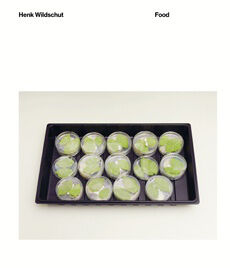
Shelter
availability unknown, if interested please write an email
The indirect eloquence of the images in Shelter is the connective factor that helps make the receptive viewer feel involved and offers a meaningful alternative to the platitude of photography
In the vicinity of the port of Calais there is an area of a few hundred square meters, known as the 'jungle'. The inhabitants of this area (by default we call them refugees, asylum seekers, illegal immigrants, immigrants) have travelled many miles to come here and still their journey is not finished.
Calais is the starting point for the last and most popular crossing. Thousands have come from Iraq, Afghanistan, Pakistan, Eritrea, Somalia, Sudan and Nigeria in search of a better life in England, the destination of their dreams. Not that they are welcome, as illegal immigrants are banned and excluded through a vast system of laws.
While waiting for the chance to make the long crossing, they build makeshift shelters: tent-like structures of waste materials found in the immediate vicinity of the camp. Even in the best case, it is hard to recognize the cultural character of their country of origin in these structures.
The way in which this basic necessity of life is given shape in the shelters is the 'leitmotif' in the documentary photography project that Henk Wildschut started up late 2005 and for which he frequently travelled to Calais, southern Spain, Dunkirk, Malta, Patras and Rome. For Wildschut, the sight of the shelter - anywhere in Europe - became the symbol of misery.
While shelters reveal little or nothing about the wellbeing of their residents, they still become models for the larger, underlying story - one full of violence, fear, desire, courage, sadness and anxiety. In a documentary sense, the shelters cannot pretend to be anything else than what they actually are. This indirect portrayal originates in the moral despair of the photographer: how to depict a humanitarian problem in images without clichés?





